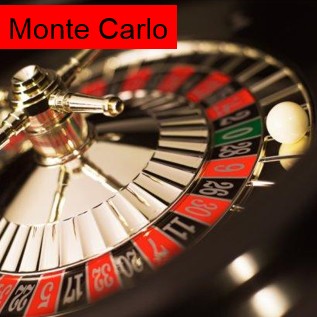OPTION-BASED VALUATION
- Originally developed for pricing financial options...
Decision Tree Analysis Method
- Commonly used in the biotechnology sector.
- Based on the creation of a diagram illustrating different possible event outcomes.
- Tool for carrying out a decision analysis and identify the best strategy.
Real Options Method
- Treats the development and commercialisation of IP as a series of real-world options.
- Accounts for the uncertainty of cash-flow forecasts and the ability of the decision-makers to react to fluxuating situations.
- Uses the Black-Scholes model (valuing financial options; the right to buy or sell a specific asset at the fixed price prior to some expiration date) to account for the flexibility of future decisions.
- Analogies made on the similar volatility of the context between financial options and IP.
- Mathematically very complex; Requires inputs difficult to determine.
- The variance of the value of the asset in the future (similar as volatility of the stock).
- Expected income generated by the asset (“dividend – paid” for option – “net cash flow”).
- “Strike price” of the option – investment needed to launch the product.
- “Economic life” of an asset – the time before expiration of the option.
- Riskless interest rate – during the economic life of the option – long time government bond.
- Real option method is considered by some expert as particularly applicable for valuation of an early stage technology.
Monte Carlo Method

- Developed to integrate the uncertainty of risk associated with the use of probabilistic techniques.
- Statistical approach to analyze risks as they relate to financial valuation.
- Does not assign a single value but a range of values for each variable that is then entered into the calculation of the net present value.
- This range of value is associated with a probability of achievement.
- Projection of thousands of scenarios and net present values, in a form of a frequency chart, that illustrates the probabilities of net present outcomes.
Rule of Thumb Method
- Licensor, as developer of the technology, considers as a fair deal to get 25% - 33% of the licensee’s profit (not income).
- Different opinions about the value of the method.
- In practice often used as an indicator.
- Recently formally forbidden in US litigation.